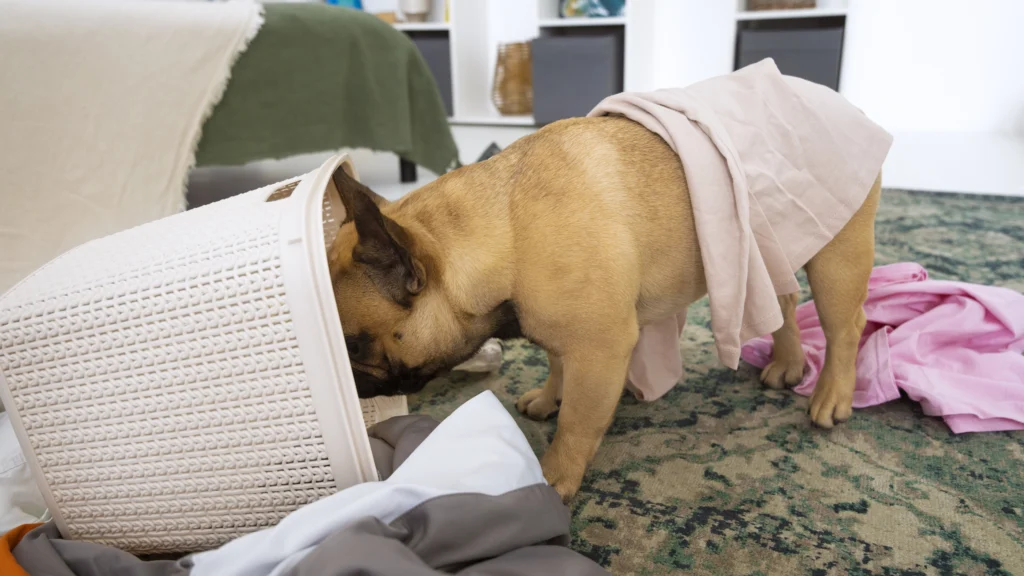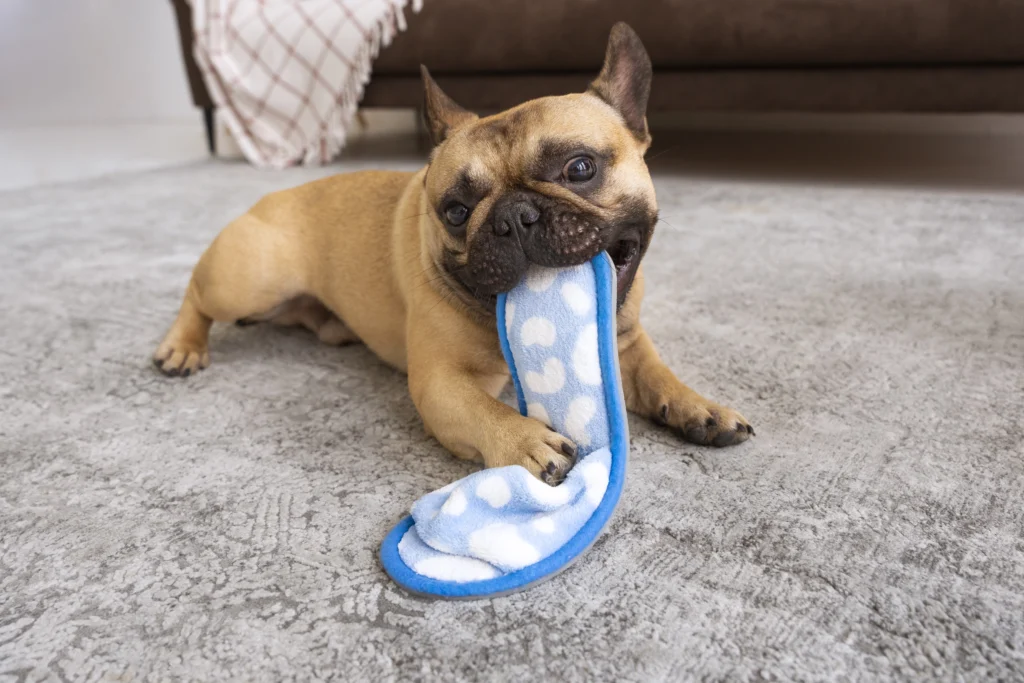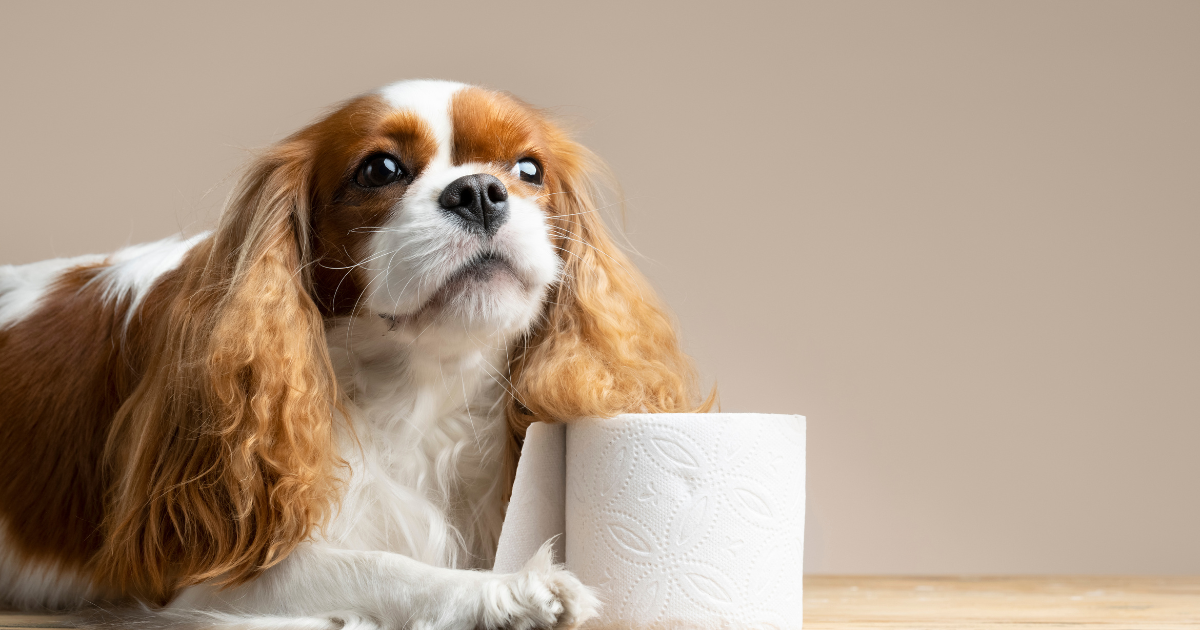How to Potty Train a Puppy or Dog: The Complete Guide That Actually Works
Table of Contents
Bringing a new dog home is pure joy—the wagging tail, the excited kisses, the adorable little face looking up at you with complete trust. Until the first accident on your favorite rug. Suddenly, that joy turns into frustration, and you’re wondering if you’ll ever master how to potty train a puppy or dog successfully.
Here’s the truth: Learning how to potty train a puppy or dog doesn’t have to be a months-long nightmare. This comprehensive guide on how to potty train a puppy or dog is the only resource you’ll ever need. We’ll cover everything from the proven 3-day foundation method to troubleshooting the most stubborn cases, all based on humane, science-backed techniques reviewed by our veterinary expert, Dr. Sarah Mitchell, DVM.
The Golden Rules: Your Potty Training Foundation {#golden-rules}
Mindset is Everything
When learning how to potty train a puppy or dog, the best way to potty train a dog starts in your head, not with your hands. Three pillars support every successful journey on how to potty train a puppy or dog:
1. Patience: Your puppy’s bladder is roughly the size of a grape. They physically cannot “hold it” like an adult dog. Expecting perfection immediately sets both of you up for failure.
2. Positive Reinforcement: Every success should feel like your dog just won the lottery. Accidents? They’re learning opportunities, not crimes.
3. Consistency: Dogs thrive on routine. The more predictable you make their world, the faster they’ll learn the rules.
“The biggest mistake I see new dog owners make is expecting their 8-week-old puppy to have the bladder control of an adult dog. It’s like expecting a toddler to drive a car.” – Dr. Sarah Mitchell, DVM
Essential Supplies Checklist {#supplies}
Before you begin your journey on how to potty train a puppy or dog, arm yourself with these puppy potty training tips essentials:
Must-Have Items
| Item | Why It’s Critical | Recommended Type |
|---|---|---|
| Appropriately-Sized Crate | Creates a den instinct that discourages elimination | Just large enough to stand, turn, and lie down |
| Enzymatic Cleaner | Completely eliminates odor molecules that trigger repeat accidents | Nature’s Miracle, Anti Icky Poo, or Rocco & Roxie |
| High-Value Treats | Makes potty success feel like winning the jackpot | Small, soft, irresistible (freeze-dried liver, tiny training treats) |
| 6-Foot Leash | Essential for supervised outdoor trips | Standard leather or nylon, nothing retractable |
| Collar or Harness | Safe, secure way to guide your dog outside | Properly fitted, comfortable for extended wear |
Optional but Helpful
- Potty Pads: Useful for apartments or very young puppies
- Door Bells: Train your dog to “ask” to go outside
- Treat Pouch: Keeps rewards easily accessible
The Core Method: How to Potty Train a Puppy or Dog Step-by-Step {#core-method}
Understanding how to potty train a puppy or dog effectively requires following a proven system. This step-by-step approach to how to potty train a puppy or dog has helped thousands of pet owners achieve success.

Step 1: Create a Strict Schedule – The Foundation of How to Potty Train a Puppy or Dog
When mastering how to potty train a puppy or dog, scheduling is everything. The golden rule: Puppies need to eliminate approximately every 2-3 hours, plus:
- Immediately after waking up
- Within 15-30 minutes after eating
- After playing or exercise
- Before bedtime
Puppy Schedule by Age
8-Week-Old Puppy Schedule:
- 6:00 AM – Wake up, immediate potty break
- 6:15 AM – Breakfast, potty break 20 minutes later
- 8:00 AM – Potty break
- 10:00 AM – Potty break
- 12:00 PM – Lunch, potty break 20 minutes later
- 2:00 PM – Potty break
- 4:00 PM – Potty break
- 6:00 PM – Dinner, potty break 20 minutes later
- 8:00 PM – Potty break
- 10:00 PM – Final potty break before bed
Adjust timing by adding 1 hour between breaks for every month older your puppy gets.
Step 2: The Potty Command – Essential for How to Potty Train a Puppy or Dog
A crucial element in how to potty train a puppy or dog is establishing a consistent verbal cue. Choose one simple phrase and stick with it religiously. Popular options:
- “Go potty”
- “Do your business”
- “Hurry up”
- “Get busy”
Pro tip: Say your chosen command while your dog is actively eliminating, then immediately praise and treat. Within days, they’ll associate the command with the action.
Step 3: Supervise, Supervise, Supervise
The “umbilical cord” method is your secret weapon. For the first 2-3 weeks:
- Keep your puppy on a 6-foot leash attached to your belt when inside
- If you can’t actively supervise, use the crate
- Watch for pre-elimination signals: sniffing, circling, whining, heading toward the door
Warning signs your dog needs to go out immediately:
- Restless pacing
- Sniffing the ground intensely
- Circling in one spot
- Whining or staring at you
- Heading toward a previous accident spot
Step 4: The Perfect Potty Break
This isn’t just “let the dog outside.” Here’s the exact protocol:
- Leash up immediately – No delay, even in your own yard
- Go to the same spot every time – Dogs prefer consistency
- Use your potty command – Say it clearly and confidently
- Wait patiently – Give them 3-5 minutes, don’t rush
- Celebrate success immediately – The moment they finish, praise enthusiastically and give treats
- If nothing happens – Bring them inside, supervise closely, try again in 15 minutes
Step 5: Celebrate Success!
Make every successful potty break feel like your dog just saved the world:
- Immediate verbal praise: “Good potty! Yes! What a smart dog!”
- High-value treats: 2-3 small pieces of something irresistible
- Physical affection: Gentle petting, scratches behind the ears
- Optional: Brief play session if your dog is motivated by toys
Step 6: Handling Accidents (The No-Scold Method)
When accidents happen (and they will):
DO:
- Clean immediately with enzymatic cleaner
- Supervise more closely
- Increase frequency of potty breaks
- Review your schedule – are you asking too much?
DON’T:
- Scold, yell, or punish
- Rub their nose in it
- Make a big fuss or show frustration
- Use regular household cleaners (they don’t eliminate odor)
“Punishment during house training creates fear and confusion. Your dog doesn’t understand they did something wrong; they just learn that you’re unpredictable and scary.” – Dr. Sarah Mitchell
Step 7: Crate Training as Your Secret Weapon
Dogs instinctively avoid soiling their sleeping area. A properly-sized crate becomes your best friend for:
- Overnight containment
- Times when you can’t supervise
- Teaching bladder control
- Providing a safe space
Crate sizing: Your dog should be able to stand up, turn around, and lie down comfortably—but not so large they can eliminate in one corner and sleep in another.
Advanced Training & Special Cases {#advanced-training}
Bell Training for Potty Breaks
Teach your dog to “ask” to go outside:
- Hang bells on the door at your dog’s nose height
- Ring the bells every time you take them out
- Encourage them to touch the bells with their nose (treat when they do)
- When they ring bells on their own, immediately take them outside
- Praise enthusiastically if they eliminate outside
High-Rise Apartment Solutions
Option 1: Potty Pads
- Pros: Convenient, always available
- Cons: Can confuse outdoor training, ongoing expense
Option 2: Sod Patches
- Pros: More natural, easier transition to outdoor elimination
- Cons: Requires maintenance, can be messy
Transition Strategy: Gradually move pads/sod patches closer to the door, then outside onto balcony or designated area.
My Potty-Trained Dog is Regressing
Common causes and solutions:
Medical Issues: Schedule a vet visit to rule out UTIs, digestive problems, or other health concerns.
Behavioral Triggers:
- New baby or pet in the house
- Moving to a new home
- Changes in routine
- Increased stress or anxiety
Solution: Return to basic training protocols, increase supervision, and address underlying stressors.
Adult Rescue Dog Training
Adult dogs from shelters may have never been properly house trained. The good news? They learn faster than puppies because they have better bladder control.
Special considerations:
- Previous trauma may require extra patience
- They may have learned bad habits that need “untraining”
- Medical check-up is crucial – many shelter dogs have undiagnosed health issues
- Stick to the same basic method but expect faster results
Submissive or Excitement Urination
This isn’t a house training issue—it’s an emotional response.
Submissive urination happens when your dog feels intimidated or overwhelmed. Excitement urination occurs during greetings or high-energy moments.
Management strategies:
- Keep greetings calm and low-key
- Avoid direct eye contact or looming over your dog
- Take them outside immediately before exciting activities
- Build confidence through positive training
What NOT to Do: Debunking Common Myths {#myths}
Myth: “Rub Their Nose in It”
Reality: This creates fear and anxiety without teaching anything useful. Your dog doesn’t understand the connection between the old accident and your current anger.
Myth: “Punish Them for Accidents”
Reality: Punishment makes dogs sneaky—they’ll hide their accidents instead of learning where they should go. It also damages your relationship and trust.
Myth: “Use Puppy Pads Forever”

Reality: Pads can be helpful temporarily, but they can also confuse dogs about where elimination is acceptable. Plan to phase them out gradually.
The Truth About Puppy Pads:
- Pros: Helpful for very young puppies, apartment living, or during illness
- Cons: Can delay outdoor training, ongoing expense, hygiene concerns
- Best Practice: Use temporarily, then gradually transition to outdoor elimination
Key Takeaways
- Consistency is everything – stick to your schedule religiously
- Positive reinforcement works faster than punishment or intimidation
- Supervision prevents accidents better than cleaning up after them
- Medical issues can masquerade as behavioral problems
- Every dog learns at their own pace – be patient with the process
Remember, house training isn’t about dominance or showing your dog “who’s boss.” It’s about clear communication, consistent expectations, and building a relationship based on trust and understanding.
With patience, consistency, and the right approach, most dogs can be reliably house trained within 4-6 weeks. Some may take longer, especially rescues or dogs with previous bad experiences, but every dog can learn.
The investment you make in thorough house training now will pay dividends for the next 10-15 years of your dog’s life. Stay consistent, celebrate the small victories, and remember—every accident is just one step closer to success.
Expert Q&A with Dr. Sarah Mitchell, DVM {#expert-qa}
Q: How long can my puppy realistically “hold it”? Dr. Mitchell: “A general rule is one hour per month of age, plus one. So a 3-month-old puppy can hold it for about 4 hours maximum. However, this is during sleep—awake puppies need much more frequent breaks.”
Q: My puppy seems to have accidents right after coming inside. Why? Dr. Mitchell: “This usually means they weren’t truly ’empty’ when you brought them in. Puppies often eliminate multiple times during one outing. Wait longer outside, or bring them in and immediately back out if they have an accident.”
Q: Is it normal for house training to take longer in winter? Dr. Mitchell: “Absolutely. Cold weather, rain, and snow can make puppies reluctant to go outside. Consider a covered area, booties for their feet, or even a temporary indoor solution during extreme weather.”
Q: Should I wake my puppy up at night for potty breaks? Dr. Mitchell: “For very young puppies (under 12 weeks), one middle-of-the-night break is often necessary. As they mature, they’ll naturally sleep longer without needing to eliminate.”
Q: My adult rescue dog was supposedly house trained but keeps having accidents. What’s wrong? Dr. Mitchell: “First, rule out medical issues with a vet visit. Then, assume they were never properly trained and start from scratch. Many ‘house trained’ shelter dogs were simply kept outside most of the time.”
Q: How do I know if my dog’s accidents are behavioral or medical? Dr. Mitchell: “Sudden changes in bathroom habits, frequent small amounts of urine, straining, or accidents from a previously reliable dog warrant a vet visit. When in doubt, check with your veterinarian.”
Q: Can I house train two puppies at the same time? Dr. Mitchell: “It’s much more challenging. Puppies distract each other and accidents can trigger copy-cat behavior. If possible, train them separately for the first few weeks, then gradually combine their schedules.”


